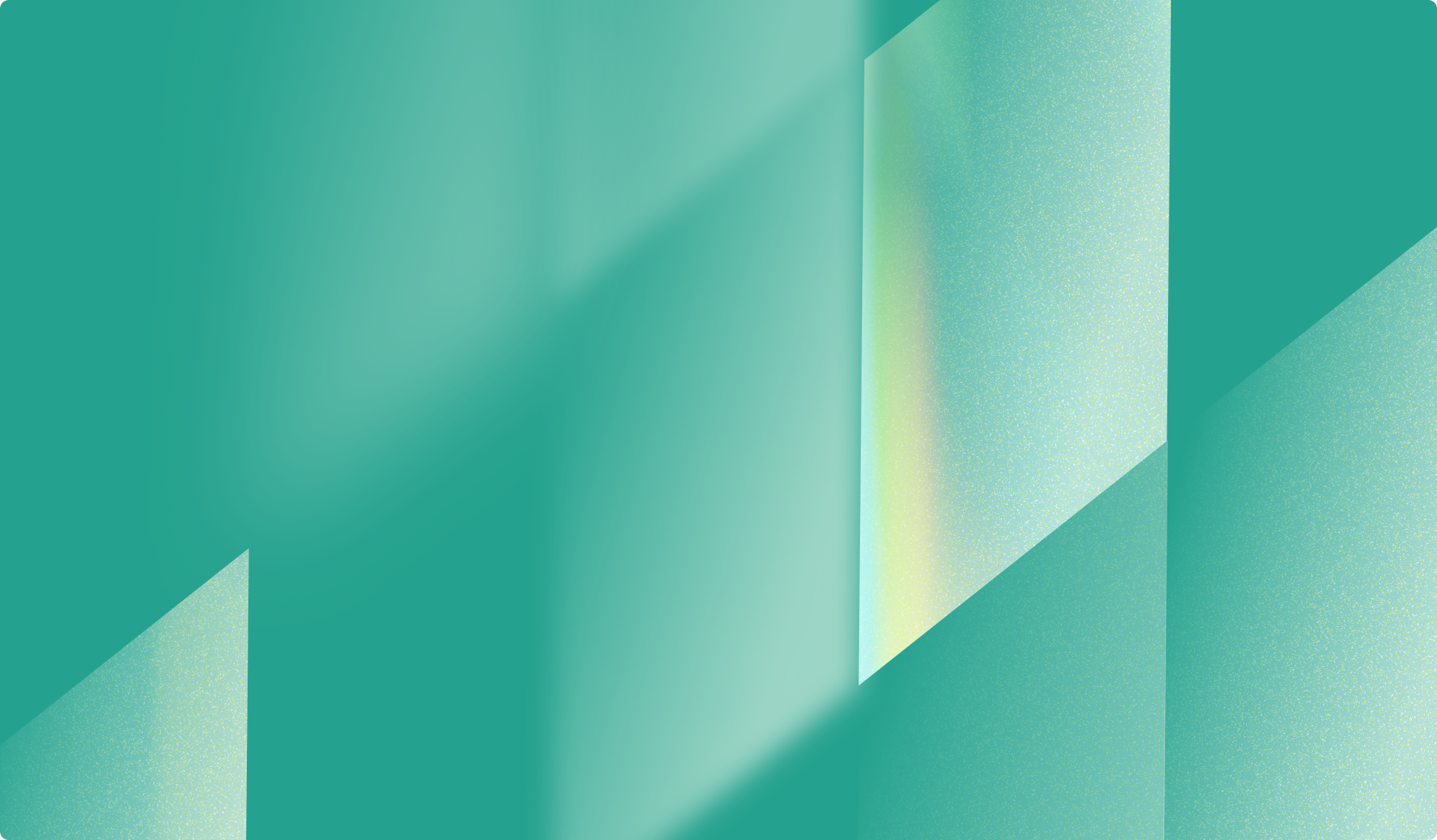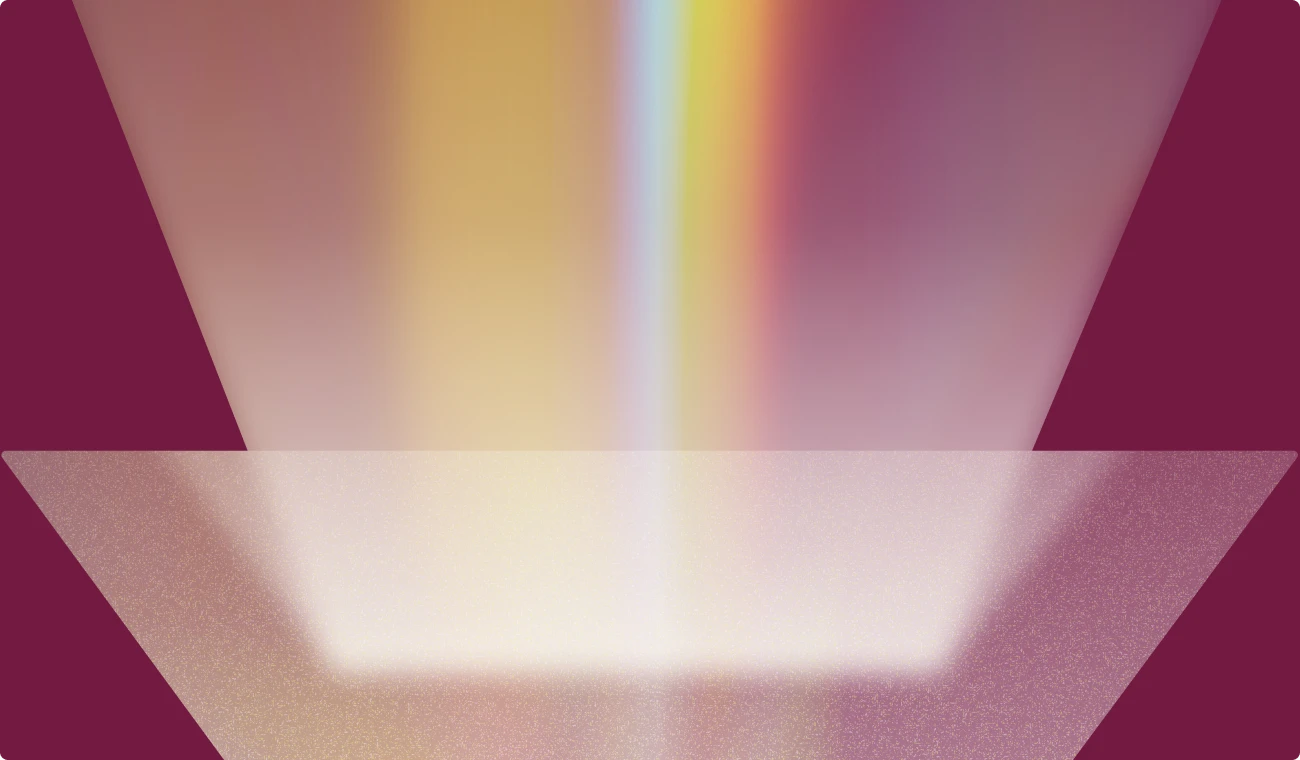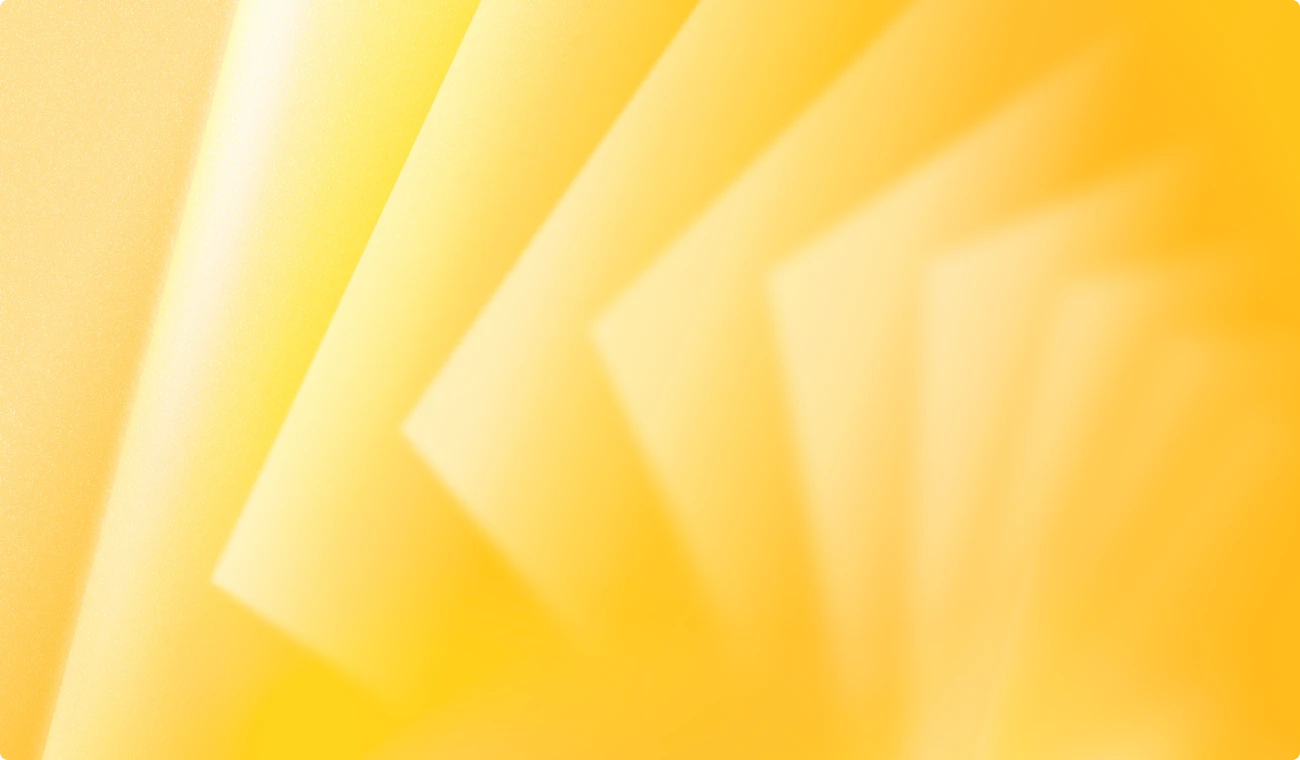Generative AI in Energy and Materials FAQs addressed in this article:
-
What is generative AI’s role in the energy and materials sector? – Generative AI (Gen AI) is transforming the energy and materials sector by enhancing efficiency, driving innovation, and supporting sustainability efforts through advanced data analysis and predictive modeling.
-
How does Gen AI improve predictive maintenance in the energy sector? – Gen AI improves predictive maintenance by analyzing historical and real-time data to predict equipment failures before they happen, minimizing downtime and maintenance costs.
-
Can Gen AI enhance resource exploration in the energy sector? – Yes, Gen AI can revolutionize resource exploration by processing seismic data more accurately and rapidly, reducing the need for exploratory drilling and minimizing environmental impact.
-
What are the benefits of Gen AI in material science and product development? – Gen AI accelerates the discovery of new materials and compounds by predicting their properties and potential applications, significantly shortening the research and development cycle.
-
How does Gen AI contribute to environmental sustainability in the energy sector? – Gen AI contributes to environmental sustainability by modeling complex environmental systems to identify ways to reduce emissions, conserve resources, and minimize the environmental impact of industrial activities.
-
What are the challenges of integrating Gen AI in the energy and materials sector? – Challenges include ensuring the accuracy and reliability of Gen AI outputs, safeguarding data privacy and security, addressing ethical and bias concerns, managing workforce implications, and staying ahead of regulatory developments.
-
How can companies in the energy and materials sector navigate the Gen AI landscape? – Companies can navigate the Gen AI landscape by developing a comprehensive digital strategy, building digital capabilities, fostering a culture of innovation, managing risks and ethical considerations, and measuring success to adapt strategies as needed.
-
What role does Cprime’s generative AI solutions play in the energy and materials sector? – Cprime’s generative AI solutions offer valuable resources for organizations in the energy and materials sector to accelerate their AI transformation efforts, optimizing processes, exploring innovation opportunities, and driving sustainability initiatives.
Generative AI (Gen AI) is reshaping the future of industries that are foundational to our global economy, notably the energy and materials sector. With its advanced capabilities to synthesize and generate new insights from extensive data pools, Gen AI is not merely a subject of fascination among tech circles but a pivotal innovation for data-intensive industries. The energy and materials sector, with its complex operations and reliance on vast datasets, finds itself at a unique advantage. This sector’s readiness to adopt Gen AI technologies promises to unlock efficiencies, enhance decision-making, and catalyze growth in ways previously unimagined.
The Unmatched Potential of Gen AI in Heavy Industries
The sectors of oil, gas, agriculture, electric power, and chemicals represent the backbone of global industry, driving forward through constant innovation and an unyielding pursuit of efficiency. These industries are characterized by their heavy reliance on data, from sensor outputs in sprawling power plants to seismic data in oil exploration. The advent of Gen AI offers these sectors an unprecedented opportunity to leverage their existing data in new and transformative ways.

At the heart of Gen AI’s appeal is its ability to process and analyze both structured and unstructured data at a scale and speed beyond human capabilities. This means that years of accumulated data, whether from sensor historians, maintenance logs, or electromagnetic measurements, can now be mined for insights that were previously inaccessible. For industries where every fraction of efficiency gain translates to significant economic and environmental impacts, the implications are profound.
Gen AI’s potential extends beyond mere data analysis. It enables predictive modeling that can forecast equipment failures before they occur, optimize energy consumption in real-time, and even simulate complex environmental impacts of various industrial activities. These capabilities not only promise to enhance operational efficiency but also to drive sustainability efforts, making it possible to achieve more with less.
Moreover, the integration of Gen AI into these sectors is not a distant future scenario but a rapidly approaching reality. Companies that recognize and act on this potential stand to gain a competitive edge, transforming their operations and setting new standards for efficiency and innovation in their respective fields.
The Strategic Advantage of Early Adoption
In the rapidly advancing field of generative AI, early adopters set the pace for innovation and secure a vantage point that can redefine industry standards. For the energy and materials sector, early adoption of Gen AI isn’t merely a competitive edge—it’s a strategic imperative. As large language models (LLMs) evolve at a breakneck speed, their capabilities expand, opening new horizons for applications that were once considered futuristic.
The trajectory of LLMs and Gen AI technologies suggests a future where the complexity and power of these models grow exponentially. This isn’t just speculation; it’s a trend backed by recent advancements that have seen Gen AI models leapfrog over their predecessors in both sophistication and utility. For industries that thrive on innovation and efficiency, such as energy and materials, the implications are clear: the sooner they integrate Gen AI into their operations, the better positioned they’ll be to harness its full potential.
Adopting Gen AI early on does more than just keep companies ahead of the technological curve. It allows them to shape the development of Gen AI applications tailored to their specific needs and challenges. This proactive approach ensures that as Gen AI technologies mature, they do so in a way that’s directly relevant and beneficial to the sector. Moreover, early adoption facilitates a learning curve that can significantly influence how effectively these technologies are integrated into existing systems and processes.
However, embracing Gen AI is not without its challenges. It requires a forward-thinking mindset, a willingness to invest in new technologies, and a strategic approach to digital transformation. But for those in the energy and materials sector willing to take the leap, the rewards promise to be substantial. From optimizing asset utilization to enhancing predictive maintenance and accelerating innovation, the benefits of early Gen AI adoption are both broad and deep.
In essence, the strategic advantage of early adoption lies not just in leveraging Gen AI as a tool for incremental improvements but in recognizing and seizing the opportunity to redefine what’s possible. As the energy and materials sector stands at the cusp of this technological revolution, the message is clear: the time to act is now.
Transformative Use Cases of Gen AI
The energy and materials sector, with its complex operations and reliance on vast datasets, is ripe for the transformative power of generative AI. This technology’s potential to revolutionize both back-office functions and core operations is unparalleled, offering a spectrum of applications that can significantly enhance efficiency, reduce costs, and drive innovation.
Optimizing Back-Office Functions
Gen AI can automate and streamline administrative tasks with unprecedented efficiency. Virtual assistants, powered by Gen AI, can handle routine inquiries, manage schedules, and even assist in data analysis, freeing up valuable human resources for more strategic tasks. Similarly, customer-facing chatbots can provide instant support, improving customer service while reducing the workload on staff.
Enhancing Core Operations
Perhaps the most exciting applications of Gen AI lie in its ability to transform core business operations. Predictive maintenance models, informed by Gen AI, can analyze historical data and real-time inputs to predict equipment failures before they occur, minimizing downtime and maintenance costs. In resource exploration, Gen AI can process and interpret seismic data more accurately and rapidly than traditional methods, leading to more efficient exploration strategies and reduced environmental impact.
Driving Innovation
Beyond improving existing processes, Gen AI opens up new avenues for innovation. In agriculture, for example, Gen AI can analyze data on weather patterns, soil conditions, and crop health to provide personalized recommendations, optimizing yields and resource use. In the chemical industry, Gen AI can accelerate the discovery of new materials and compounds by predicting their properties and potential applications, significantly reducing the time and cost of research and development.
Cross-Functional Applications
The versatility of Gen AI extends to cross-functional applications that can benefit multiple areas of the business. For instance, Gen AI can enhance decision-making by providing executives with deep insights derived from complex data analyses, enabling more informed strategic planning. It can also play a crucial role in sustainability efforts, analyzing vast amounts of environmental data to identify ways to reduce emissions and improve energy efficiency.
As the sector continues to embrace Gen AI, these use cases will evolve and expand, further solidifying the technology’s role as a key driver of transformation.
Navigating the Gen AI Landscape: Strategy and Implementation
The journey to harnessing generative AI within the energy and materials sector is as much about strategic foresight as it is about technological adoption. Successfully integrating Gen AI into existing operations requires a clear vision, a robust digital strategy, and a commitment to innovation. As companies navigate the Gen AI landscape, several key considerations emerge as critical to unlocking its full potential.
Developing a Comprehensive Digital Strategy
The first step in leveraging Gen AI effectively is to develop a digital strategy that aligns with the organization’s broader business goals. This strategy should identify high-impact use cases for Gen AI, taking into account the unique challenges and opportunities within the sector. It’s not just about adopting new technology; it’s about integrating Gen AI in a way that enhances existing capabilities and drives strategic objectives.
Building Digital Capabilities
To realize the benefits of Gen AI, companies must invest in building the necessary digital capabilities. This includes not only the technical infrastructure to support Gen AI applications but also the talent and skills required to develop, deploy, and manage these technologies. Upskilling existing staff and attracting new talent with expertise in Gen AI and data analytics will be crucial.
Fostering a Culture of Innovation
Successfully implementing Gen AI also requires a cultural shift within the organization. Companies must foster a culture of innovation that encourages experimentation, embraces risk-taking, and supports continuous learning. This cultural transformation can help break down silos, facilitate cross-functional collaboration, and ensure that Gen AI initiatives are aligned with the organization’s strategic vision.
Managing Risks and Ethical Considerations
As with any emerging technology, adopting Gen AI comes with its share of risks and ethical considerations. Companies must be proactive in identifying potential risks, such as data privacy concerns, bias in AI models, and the impact on employment. Developing clear policies and guidelines for the ethical use of Gen AI can help mitigate these risks and ensure that the technology is used responsibly.
Measuring Success and Adapting to Change
Finally, companies must establish metrics to measure the success of their Gen AI initiatives and be prepared to adapt their strategies as the technology evolves. This iterative approach allows organizations to learn from their experiences, refine their use cases, and continuously improve their Gen AI capabilities.
Overcoming Challenges and Mitigating Risks
The integration of generative AI into the energy and materials sector, while promising, is not without its challenges and risks. These hurdles range from technical limitations to ethical concerns, each requiring careful consideration and strategic planning to overcome. Addressing these challenges head-on is essential for companies looking to harness the full potential of Gen AI.
Ensuring Accuracy and Reliability
One of the primary concerns with Gen AI is the accuracy of its outputs. Given that Gen AI models can generate content or predictions based on the data they’ve been trained on, there’s a risk of producing inaccurate or misleading results, especially if the training data is flawed. Companies must implement rigorous validation processes to ensure the reliability of Gen AI outputs, incorporating human oversight where necessary to verify accuracy.
Safeguarding Data Privacy and Security
As Gen AI applications often rely on vast amounts of data, including potentially sensitive information, data privacy and security become paramount. Organizations must adhere to strict data governance policies, ensuring that data used for Gen AI applications is anonymized where possible and that access is tightly controlled to prevent breaches.
Addressing Ethical and Bias Concerns
The potential for bias in AI models is a well-documented concern. Gen AI systems are only as unbiased as the data they’re trained on, meaning that any existing biases in the data can be perpetuated and amplified. Companies must take proactive steps to identify and mitigate biases in their Gen AI applications, ensuring that these technologies are used ethically and fairly.
Managing Change and Workforce Implications
The adoption of Gen AI can also lead to significant changes in workforce dynamics. While Gen AI can automate routine tasks and free up employees for higher-value work, it may also lead to concerns about job displacement. Organizations should manage these changes thoughtfully, providing training and reskilling opportunities to help employees transition to new roles that Gen AI enables.
Staying Ahead of Regulatory Developments
The regulatory landscape for AI is still evolving, with governments and international bodies beginning to develop frameworks to govern its use. Companies must stay informed about these developments and be prepared to adapt their Gen AI strategies to comply with new regulations and standards.
By proactively addressing these challenges and risks, companies in the energy and materials sector can not only mitigate potential downsides but also build trust in their Gen AI initiatives. This trust, both internally among employees and externally with customers and regulators, is crucial for realizing the transformative potential of Gen AI.
What’s Your GenAI Strategy?
The journey through the potential and practical applications of generative AI in the energy and materials sector underscores a pivotal moment in industrial innovation. For organizations in the energy and materials sector looking to navigate the complexities of AI transformation, the path forward involves embracing Gen AI as a strategic asset. This entails not just the adoption of new technologies but a holistic approach that includes developing a comprehensive digital strategy, fostering a culture of innovation, and proactively addressing the ethical and operational challenges associated with Gen AI.
In this context, Cprime’s generative AI solutions emerge as a valuable resource for organizations aiming to accelerate their AI transformation efforts. With a focus on delivering cutting-edge AI technologies and expertise, Cprime is well-positioned to support companies in the energy and materials sector as they seek to harness the power of Gen AI. Whether it’s optimizing existing processes, exploring new opportunities for innovation, or driving sustainability initiatives, Cprime’s suite of generative AI solutions offers a pathway to achieving these goals.
As the energy and materials sector continues to evolve, the role of Gen AI will undoubtedly expand, offering new opportunities for growth and innovation. By leveraging the right technologies, strategies, and partnerships, organizations can not only adapt to this changing landscape but thrive within it, setting new standards for what’s possible in the industry.













